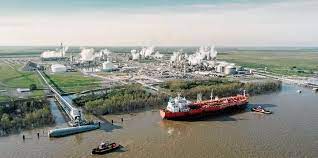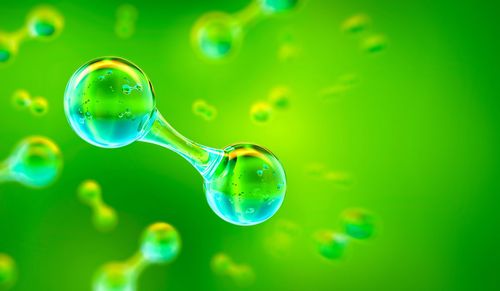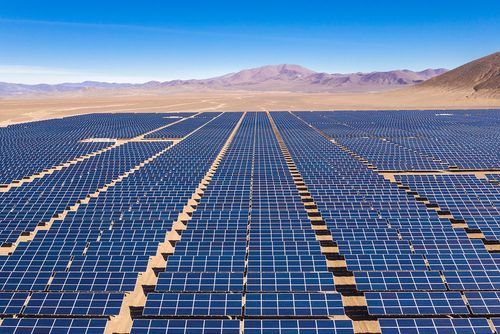The global hydrogen economy is witnessing significant growth, with more than 1400 projects announced, marking an increase from about 1040 last year, according to the 2023 Hydrogen Insights report from The Hydrogen Council and McKinsey.
These projects, amounting to a total investment of $570bn, aim to supply 45 million tons per annum of clean hydrogen by 2030. Europe leads in project numbers (540), followed by North America (248), with a quarter of these projects already past the final investment decision (FID) stage.
Notably, investments are maturing, with $110bn allocated for front-end engineering and design (FEED) and beyond, a 60% growth in such investments. Electrolysis deployment has also surged, surpassing 1 GW, with approximately 12 GW capacity having passed FID.
However, the clean hydrogen industry faces challenges, particularly in the cost of producing renewable hydrogen. The estimated levelized cost of producing renewable hydrogen (LCOH) is currently about $4.5 to $6.5 per kilogram, an increase of 30% to 65% due to factors like higher labor and material costs. Despite this, costs are expected to decline to $2.5 to $4.0 per kg by 2030, driven by advancements in electrolyzer technology, manufacturing economies of scale, and reductions in renewable power cost.
The regulatory landscape is evolving but uncertainties persist, the report notes, including the requirements for receiving production tax credits under the US Inflation Reduction Act and the implementation of the Renewable Energy Directive in EU member states.
Investment growth is evident across most regions. Europe not only has the most projects but also the highest total investments announced ($193bn). Latin America, despite fewer projects than North America, has announced the second-largest volume of investments ($85bn), attributed to larger project sizes and a higher share of giga-scale renewable hydrogen projects. North America’s announcements grew by about 20%, reflecting continued momentum following policy developments. India, the Middle East, and China also showed significant growth in investments.
In terms of electrolysis capacity, over 305 GW has been announced through 2030, with China leading in capacity past FID, accounting for about 55% of the 12 GW total. The European investment pipeline has 40 GW (about 45%) at least in the planning stage, and Latin America contributes 20% of all announced volumes through 2030. However, less than 5% of renewable hydrogen supply investments are currently committed, indicating a need for significant acceleration in project development and scaling up of supply chains and manufacturing capacity.







